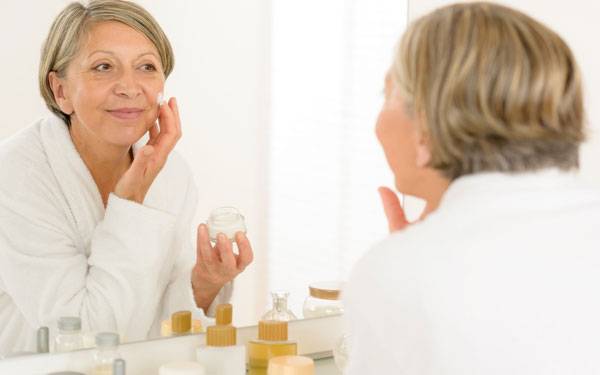Varicose Veins vs Spider Veins: What’s the Difference?
Vein disorders can be prevented, managed and treated

Vein disorders can be prevented, managed and treated
Spider veins and varicose veins have a lot in common. They have similar causes and mostly appear in the legs. Women are more likely than men to get them. But there are different types of vein diseases and knowing the difference is important.
“Most spider and varicose veins don’t cause any health problems. But knowing the difference between them is helpful in the event medical treatment is ever needed,” says E. Victor Ross, a laser and cosmetic dermatologist at Scripps Clinic Carmel Valley.
Different types of doctors provide treatments for varicose veins and spiders veins, depending on the condition and its severity.
These doctors include dermatologists, who specialize in skin conditions – including veins that appear through the skin — and vascular surgeons, who specialize in the vascular system or arteries and veins. Veins are blood vessels that carry blood from the body back into the heart.
What is the difference between spider and varicose veins?
Varicose veins and spider veins are blood vessels that are visible through the skin and appear twisted or turning. They are different forms of a condition called venous insufficiency.
Spider and varicose veins can occur when valves inside the veins aren’t working properly and cause blood to back up and pool in the veins.
Spider and varicose veins look different and are treated differently. Varicose veins are swollen, discolored and knotty-looking veins and occur mainly on the legs.
Spider veins are smaller and thinner and can develop on the legs, chest and face. They take their name from their spider web pattern and are not always caused by faulty valves in the vein.
What are symptoms of spider and varicose veins?
Spider veins don’t usually cause symptoms or lead to more serious health conditions. They are primarily treated to improve appearance.
While also a cosmetic concern for many people, varicose veins have more pronounced symptoms and could be a sign of a more serious venous problem.
Varicose veins can cause heaviness, aching or pressure. Other symptoms include:
- Fatigue
- Restlessness
- Itching
- Burning
- Throbbing
Relief of discomfort is the reason most varicose veins are treated.
“If you have achiness, swelling and pain, these are actually abnormal signs and symptoms, you should talk to your doctor and discuss treatment options,” Dr. Ross says. “It’s unfortunate the many women and men think that having these symptoms are normal but they’re not.”
Who gets varicose veins and spider veins?
People of any age can get spider and varicose veins though they most frequently affect women of child-bearing age and older.
Other risk factors include:
- Heredity
- Obesity
- Pregnancy, puberty and menopause hormones
- Birth control pills
- Postmenopausal hormonal replacement
- History of blood clots
- Trauma
- Exposure to ultraviolet rays
- Previous vein surgery
Another risk factor is working in a profession that requires one to be on their feet a lot.
How to prevent varicose veins and spider veins
Lifestyle changes can help prevent or manage vein disease. Losing weight, avoiding sitting or standing for long periods may improve symptoms. Compression stockings can help improve blood flow and lessen pain and leg swelling.
Other things that can help include:
- Elevating legs
- Avoiding high heels
- Eating healthy, focusing on high-fiber and low-salt foods
- Wearing sunscreen especially on the face, which is susceptible to spider veins
- Exercising legs
What are treatments for varicose veins and spider veins?
If lifestyle changes and compression stockings don’t help with symptoms, medical treatments are available.
“Most vein problems can be treated easily in the dermatology office with a combination of superficial laser and sclerotherapy interventions,” Dr. Ross says.
Sclerotherapy is used to treat spider veins and small varicose veins and involves injecting a solution into the problem vein, causing it to collapse and fade away.
Larger, more complicated vein conditions are treated by vascular specialists. Scripps offers a full range of medical and surgical treatments for venous disorders, including the latest minimally invasive, laser- and catheter-based procedures.